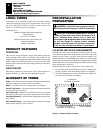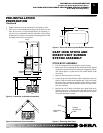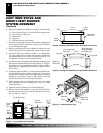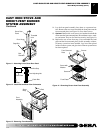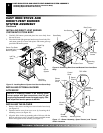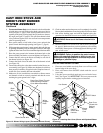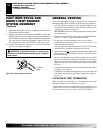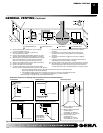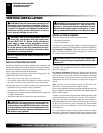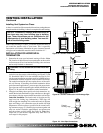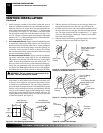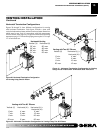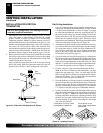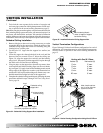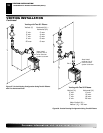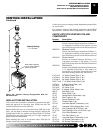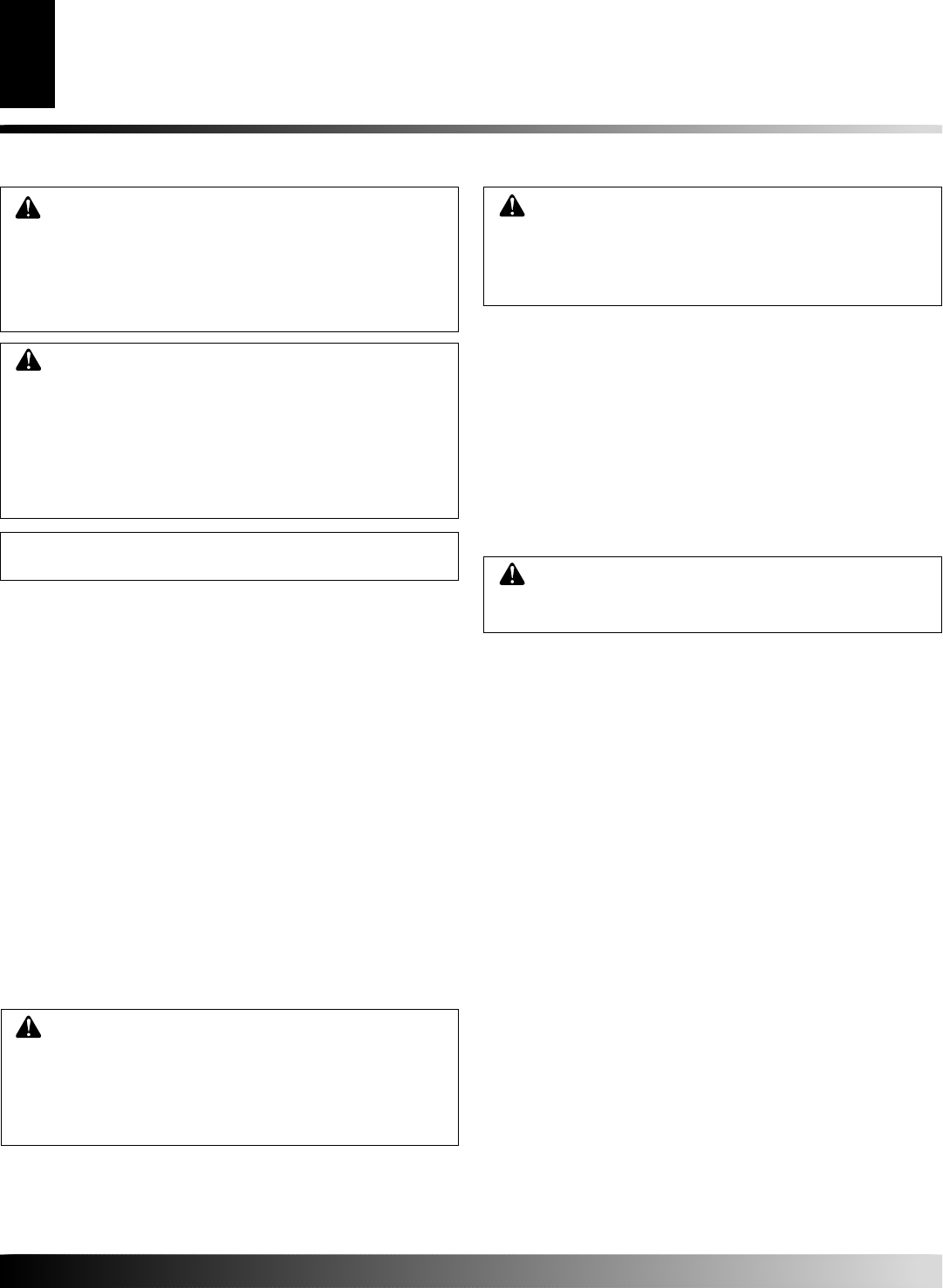
107304
For more information, visit www.desatech.com
For more information, visit www.desatech.com
12
WARNING: Read all instructions completely and
thoroughly before attempting installation. Failure to
do so could result in serious injury, property damage
or loss of life. Operation of improperly installed and
maintained venting system could result in serious
injury, property damage or loss of life.
WARNING: Seal all vent connections. Seal only
the outer pipe connections with high temperature
silicone (600°F/316° C). Before joining elbows and
pipes, apply a bead of high temperature silicone
sealant (GE RTV 106/Loctite RTV 81585) to the male
end of the elbow or pipe. High temperature silicone
must also be used to re-seal any connections after
maintenance to venting system.
NOTICE: Failure to follow these instructions will void
the warranty.
INSTALLATION PRECAUTIONS
Consult local building codes before beginning the installation. The
installer must make sure to select the proper vent system for installa-
tion. Before installing vent kit, the installer must read this stove and
burner system manual and vent kit instructions.
Only a qualified service person should install venting system. The
installer must follow these safety rules:
• Wear gloves and safety glasses for protection
• Use extreme caution when using ladders or when on roof tops
• Be aware of electrical wiring locations in walls and ceilings
The following actions will void the warranty on your venting system:
• Installation of any damaged venting component
• Unauthorized modification of the venting system
• Installation of any component part not manufactured or approved
by DESA International
• Installation other than as instructed by these instructions
VENTING INSTALLATION
WARNING: This stove with burner system and vent
assembly must be vented directly to the outside. The
venting system must NEVER be attached to a chimney
serving a separate solid fuel burning appliance. Each
gas appliance must use a separate vent system. Do not
use common vent systems.
WARNING: Horizontal sections of this vent system
require a minimum clearance of 2" from the top of the
pipe and 1" minimum to the sides and bottom. Vertical
sections of this system require a minimum of 1" clear-
ance to combustible materials on all sides of the pipe.
INSTALLATION PLANNING
There are two basic types of direct-vent installation:
• Horizontal Termination
• Vertical Termination
It is important to select the proper length of vent pipe for the type of
termination you choose. It is also important to note the wall thickness.
For Horizontal Termination: Select the amount of vertical rise
desired. The horizontal run of venting must have 1/4" rise for every
12" of run towards the termination.
You may use up to two 90° elbows on any single horizontal run of
vent pipe in this confuguration. See Horizontal Termination Con-
figurations on page 15.
For Vertical Termination: Measure the distance from the burner
system flue outlet to the ceiling. Add the ceiling thickness, the vertical
rise in an attic or second story, and allow for sufficient vent height
above the roofline. You may use one or two 90° elbows in this vent
configuration. See Vertical Termination Configurations on pages 17
and 19.
Note:
You may use two 45° elbows in place of a 90° elbow. You
must follow rise to run ratios when using 45° elbows.
For two-story applications, firestops are required at each floor level (see
Figure 33, page 16). If an offset is needed in the attic, additional pipe and
elbows will be required.
You may use a chase with a vent termination with exposed pipe on the
exterior of the house. See Installing Vent System in a Chase, page 13.
Your stove with direct-vent burner system has been tested for a
maximum horizontal run of 20' with 8' vertical rise (see Installation
for Horizontal Termination, pages 13 through 15). The maximum
vertical run is 40' (see Installation for Vertical Termination, pages
16 through 19).
It is very important that the venting system maintain its balance
between the combustion air intake and the flue gas exhaust. Certain
limitations apply to vent configurations and must be strictly followed.
WARNING: Never run the vent pipe downward as
this may cause excessive temperatures which could
cause a fire.
VENTING INSTALLATION
Installation Precautions
Installation Planning



